Repeat purchases are the lifeline of every successful Shopify brand. While customer acquisition is important, retention is a game-changer for long-term profitability. Find out some tried and true methods for increasing repeat sales in Shopify.
Table of Contents
- How to increase repeat sales in Shopify
- 6 tips to get more repeat customers in Shopify
- How to get started with effective customer retention
- Getting started with Smile.io to increase repeat sales in Shopify
How to increase repeat sales in Shopify
Building a successful business on Shopify is more than just increasing initial sales. For long-term sustainability, you need to build a loyal customer base that returns again and again at a lower acquisition cost and contributes significantly to your overall revenue. Learn why repeat sales matter and how you can effectively increase them on your Shopify store.

Why do repeat sales matter?
Repeat sales are purchases made by customers who have made at least 2 purchases during their lifetime with your store. Repeat Purchase Rate (RPR) is a key indicator of your commerce store’s health because it tells you what percentage of your customers are engaged enough to make additional purchases.
Increasing repeat sales is important from a financial perspective. According to Smile.io data, 35% of the average ecommerce store’s revenue is generated by its top 5% of loyal repeat customers.
Repeat customers are profitable because they:
- Are more likely to make additional repeat purchases.
- Are easier to sell to.
- Spend more per purchase.
- Spend more at peak shopping periods.
- Contribute to your brand reputation through UGC and advocacy.
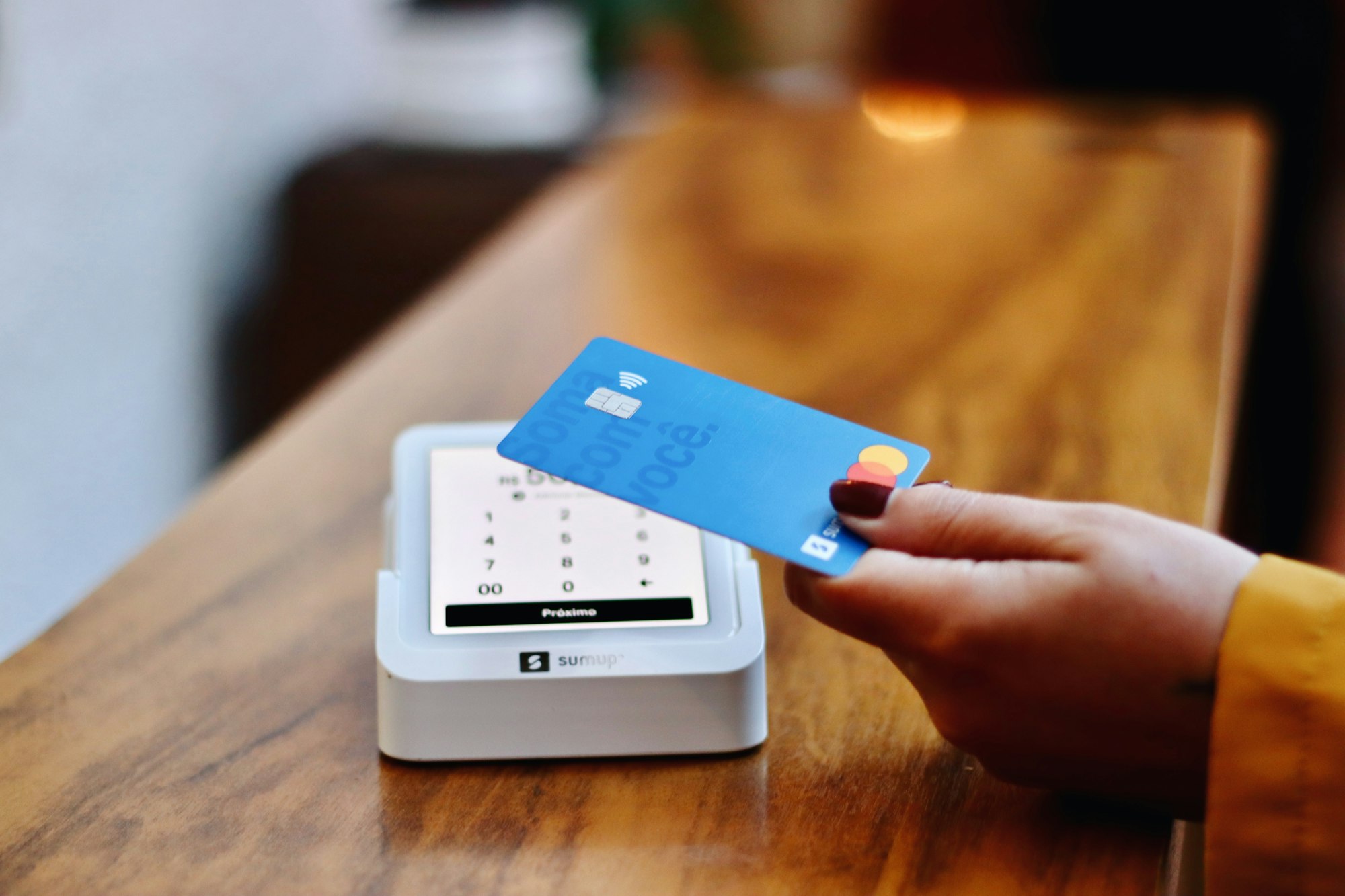
Increasing your repeat purchase rate leads to lower customer acquisition costs and higher conversion rates. Over 50% of Shopify stores see repeat purchases, with the average customer buying 3.8 times from the same ecommerce store. It’s clear that capitalizing on your existing customer base is vital to success.
Calculating repeat purchase rate
Before you can increase your repeat sales, you need to know how to calculate repeat purchase rate.
You can also calculate the probability of customers making a specific number of purchases to plan for future marketing and sales campaigns.

6 tips to get more repeat customers on Shopify
Our research indicates that after one purchase, a customer has a 27% chance of returning to your store. If you can get that customer to come back and make a second and third purchase, they have a 49% and 62% chance of making another purchase, respectively.
Here are 6 proven methods to increase repeat sales for your Shopify store:
- Email marketing and meaningful lead magnets
- Points, referrals, and VIP rewards programs
- Offer a subscription purchase model
- Personalized product recommendations
- Implement exceptional customer service and listen to customer feedback
- Create a community around your brand
1. Email and SMS marketing
As zero-party and first-party data become increasingly important, ecommerce brands need to personalize their consumer touchpoints. It doesn’t get more personal than a message delivered right to your inbox.
Email and SMS marketing are two of the most effective channels to build customer retention because they’re hard to miss and keep you top of mind. Leveraging email marketing providers like Klaviyo allows you to segment your customers to deliver hyper-personalized messages. You can then build these segments to strategically increase repeat purchases based on customer behavior.
Integrating Klaviyo and Smile.io allows you to increase repeat purchases through segments like:
- Shoppers who have enough points to redeem a reward.
- Brand advocates who frequently refer their friends.
- Active members who have recently achieved a higher VIP tier, unlocking new benefits.

Email and SMS marketing are also powerful re-engagement tools for your dormant shoppers. Dr. Sam’s is a skincare brand that used Klaviyo to send a loyalty email campaign announcing its refreshed program. By personalizing the message with dynamic content based on the customer’s VIP tier, point balance, and available rewards, the UK skincare brand increased its rewards redemption rate to 98.71% and earned £25,000 in loyalty-generated value in just one week.
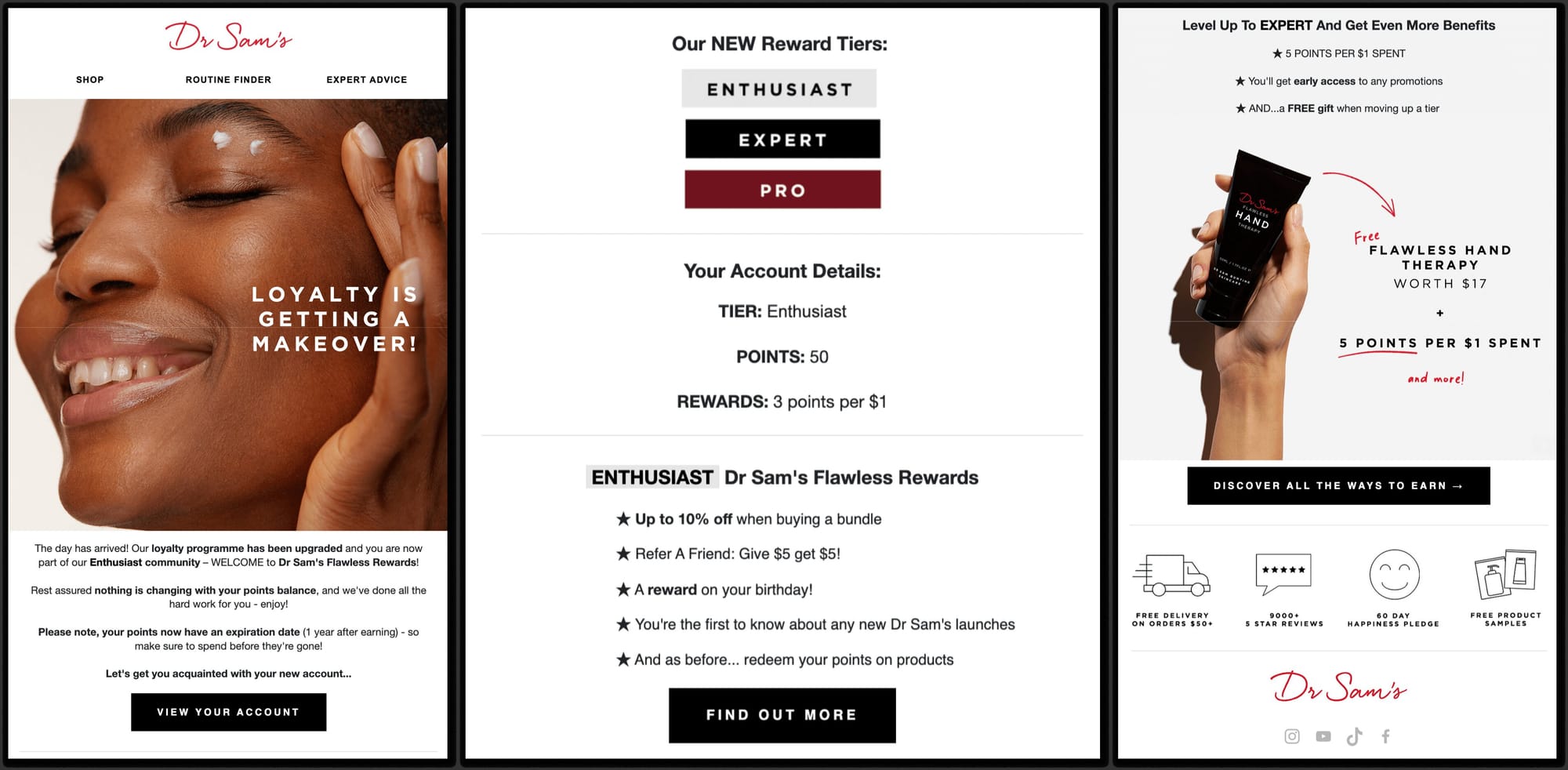
2. Points, referrals, and VIP rewards programs
Loyalty and rewards programs are the most sustainable strategy for increasing repeat purchases in Shopify. The sole purpose of a loyalty program is to turn one-time customers into repeat customers, which in turn, improves profitability.
Based on recent Smile.io data from billions of shoppers from our pool of 100k+ Shopify merchants, traditional points programs:
- Increased average order value (AOV) by 16%.
- Drove a 3.3x higher purchase frequency.
- Decreased time between purchases by 23% between the first and second purchases.
- Increased repeat purchase rate by 56%.
Travel and lifestyle brand Monos introduced its loyalty program in 2020 as a means to build community during the travel slowdown. Since then, its Wayfarer Rewards program has generated over $8 million in revenue from repeat customers.
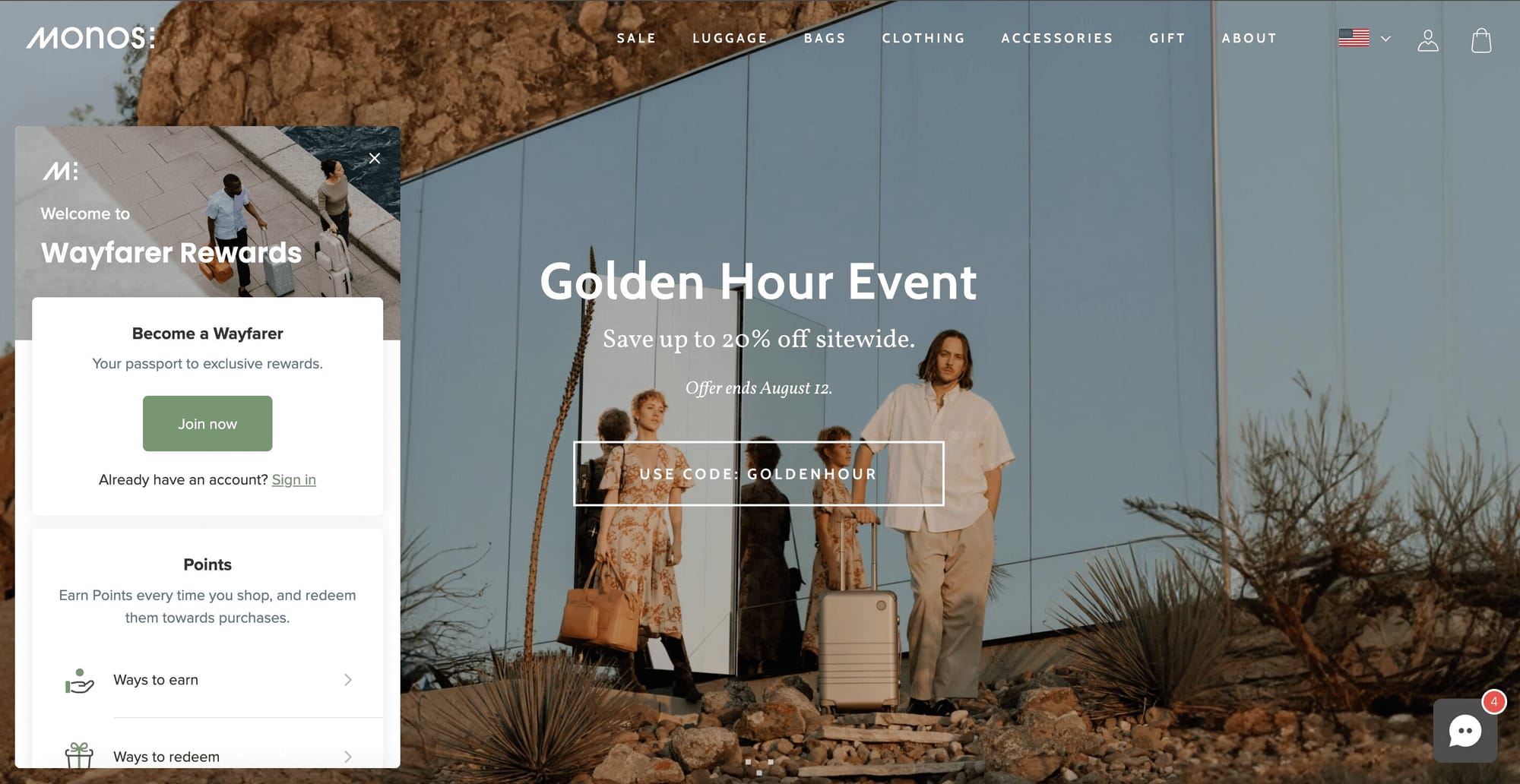
3. Offer a subscription purchase model
Repeat purchase rate goes hand in hand with your purchase frequency—or the number of times a customer makes a purchase with your brand in a given period. If you can increase your purchase frequency, then your repeat purchase rate will follow.
Subscription-based purchase models are one of the most effective strategies to increase both your purchase frequency and repeat purchase rate. Product types like consumables, commodities, or wellness products are traditionally associated with subscription purchases. But ecommerce subscriptions are expanding with the subscription market expected to hit $478.2 billion by 2025.
Customers value the convenience of subscription purchase models. Pairing your subscription program with a loyalty program is a proven strategy to provide even more value to your customers, allowing them to earn points for each repeat purchase.
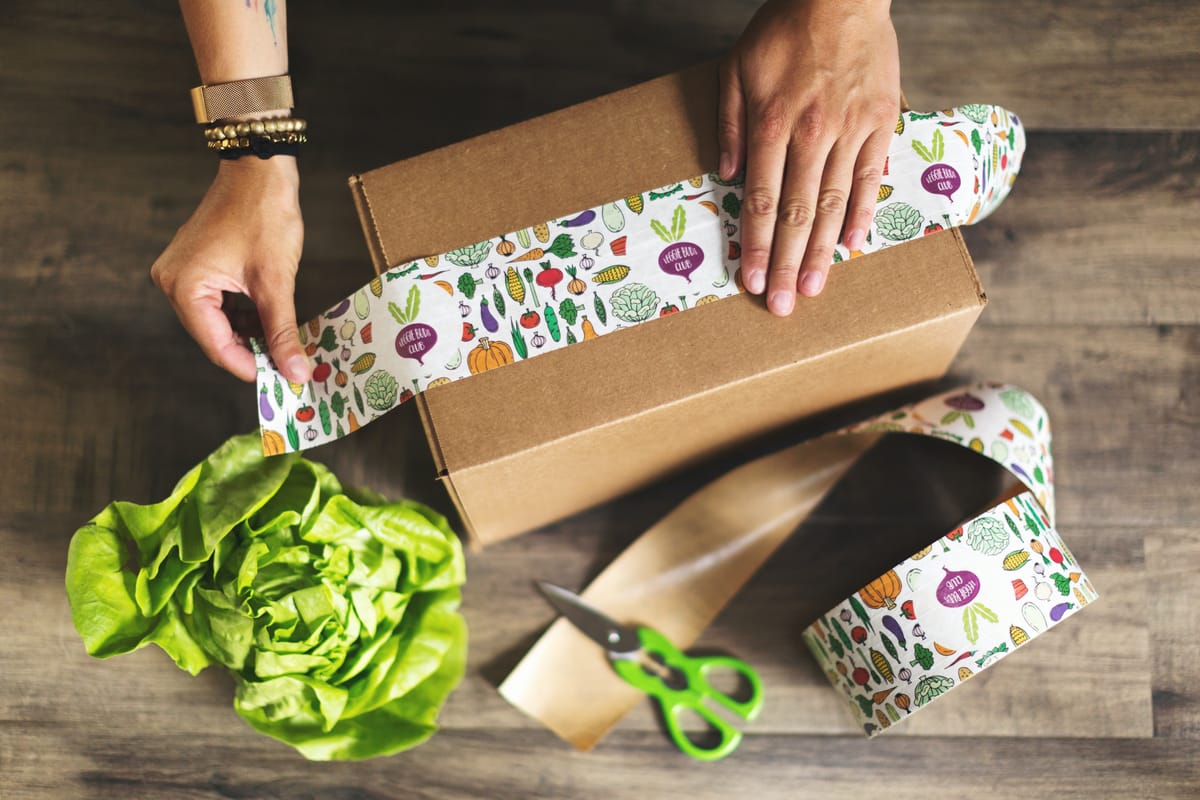
4. Personalized product recommendations
As nice as it would be if customers were as obsessed with your products as you were, the reality is they might not be. With thousands of new commerce brands entering the market every single day, shoppers have more choices than ever before. Sticking in their mind is challenging—but not impossible.
Once a customer has made their initial purchase with your brand, you have a wealth of information you can use to get them to return. You now know their browsing and purchase history, which can allow you to make informed product recommendations.
You can use marketing automation workflows to send personalized product recommendations in a variety of ways:
- Cross-sell related products or accessories based on the initial purchase. For example, if a customer purchased a journal, you may include links to pens, washi tape, highlighters, or other stationary accessories.
- Reactivation campaigns based on the buying cycle. If you sell products that customers typically purchase at regular intervals, like skincare, you can follow up to prompt customers to restock.
- Interactive product recommendation quizzes. Offering online surveys or quizzes is a great way to gather additional zero-party customer data that you can use to recommend certain products.
Offering personalized product recommendations to your ecommerce experience mimics the experience a customer would have with a salesperson in-store. If you get it right, the repeat purchases will follow.
5. Implement exceptional customer service and listen to customer feedback
As important as a great product is, customers value their experience just as much. In 2023, 88% of shoppers say the customer experience a brand provides is equally as important as the product or services it sells.
Customer experience (CX) is the journey a customer goes through with your brand based on all touchpoints, which form their perception. Listening to customer feedback and incorporating it into your CX is one way to create an emotional connection with your brand.

Engaging your customers at every stage of their journey—discovery, research, evaluation, purchase, and post-purchase increases the likelihood that they’ll make a repeat purchase.

Blume is a skincare brand focused on setting a new standard for sensitive and acne-prone skin. They recently asked their customers a series of questions regarding their experience with acne and confidence. This survey revealed that 99% of their community would feel more confident if they saw real, unfiltered skin online. Blume took this to heart with its Mirror Talk campaign and by adding a website page dedicated to realistic, unedited before and after photos. This level of authenticity humanizes Blume as a brand, increasing the bond its customers feel with it.
6. Create a community around your brand
Aside from a DTC buzzword, a brand community is a group of customers who are invested in a brand beyond the products being sold. In a true brand community, customers want to become a part of the brand itself and will interact with each other without involving the brand.
Creating a brand community helps create sustainable long-term growth by generating repeat purchases from high-value customers. Shopify merchants can build online brand communities by:
- Clearly defining their target customer and aligning the brand’s values with those.
- Offer rewards that incentivize members to join their community, like welcome points or birthday rewards.
- Give customers an outlet to interact with each other. This can be social media groups, online portals, or virtual communities like Discord or Slack.
- Add a referral program to reward your most loyal brand advocates and close the loop from the sharing to the joining phase.

How to get started with effective customer retention
- Create detailed customer profiles
- Design and implement a loyalty program based on your most valuable customers
- Set up automated retention campaigns
- Provide post-purchase support and resources
1. Create detailed customer profiles
Personalizing your marketing and retention efforts enhances your customer experience, makes the customer feel special, and increases the likelihood of a repeat purchase. Creating detailed customer segments and profiles is a great way to deliver personalization at scale.
RFM analysis (Recency, Frequency, Monetary value) is a great tool when it comes to maximizing retention. This behavioral customer segmentation method allows Shopify merchants to identify their most valuable customers and focus retention efforts on them.
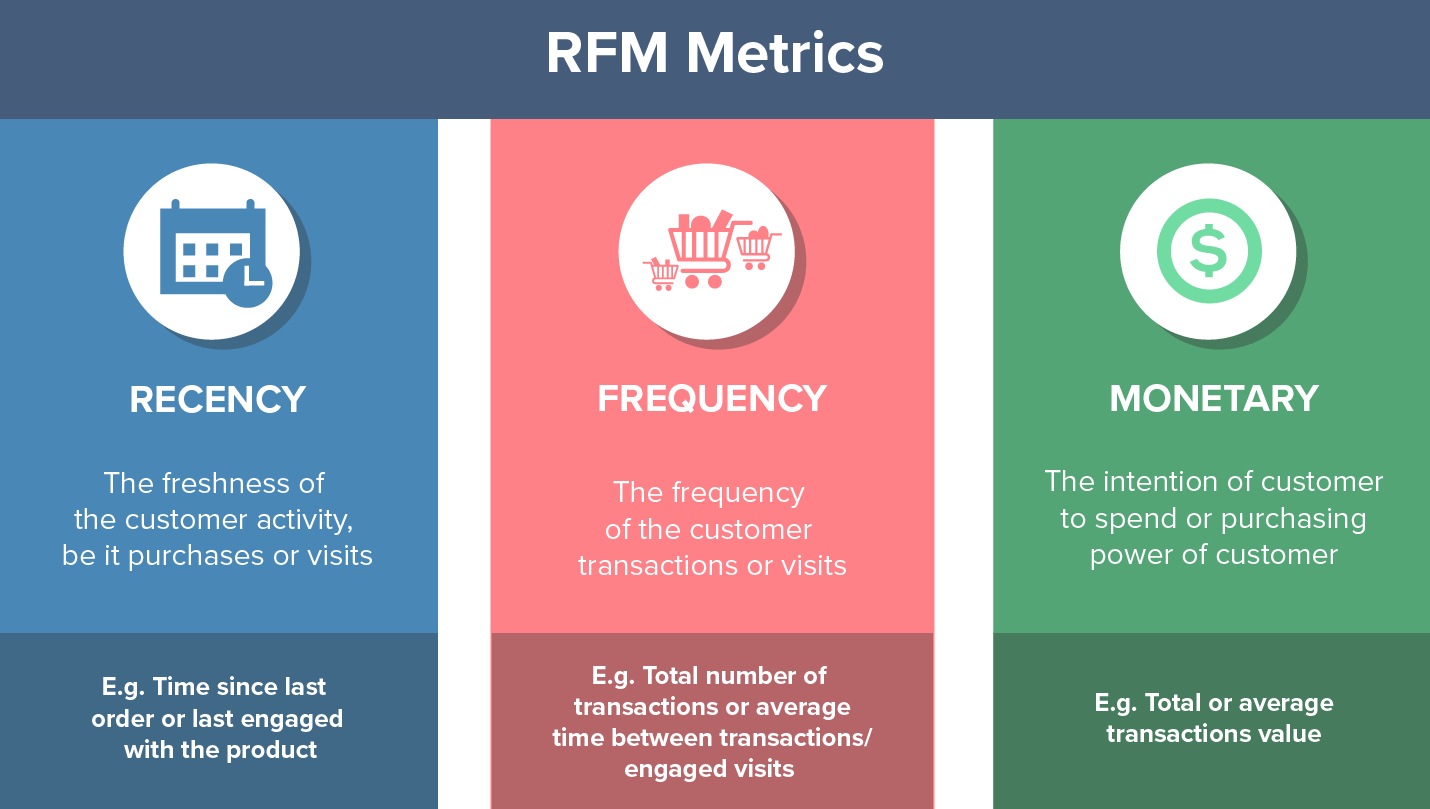
- Recency: customers who purchased recently are primed to receive messages from your brand. You’re top-of-mind, and they’ll be more receptive to your retention efforts.
- Frequency: the more often a customer purchases, the more likely they are to purchase again if you target retention marketing toward them.
- Monetary value: customers with high AOVs are more susceptible to cross-selling and upselling. These big spenders are worth retention efforts because of the ROI potential.
Once you’ve segmented your customers, you can create customer profiles that’ll help guide your marketing efforts. Sending tailored messages encouraging a repeat purchase to your best customers is more likely to pay off than sending a campaign to your entire email list.
2. Design and implement a loyalty program based on your most valuable customers
A loyalty program is a game-changer for attracting, maintaining, and delighting your most loyal customers. It may be tempting to design a rewards program that acts as an acquisition tool with steep discounts, but that’s actually not the best long-term retention strategy.
Design your customer loyalty program based on the values and desires of your most valuable customers. These are the customers who have high recency, frequency, and monetary value based on your RFM analysis.
You should offer meaningful rewards to these customers and cater the entire program to their preferences. This might look like experiential rewards like early access to exclusive product drops or a private community for your VIPs. Either way, ensure you’re implementing a program that’s easy to understand, effortless to maintain, and valuable to customers.
Whichever loyalty platform you choose, ensure it meets the needs of your business as it scales:
- Quick implementation—how long does it take your team to set up?
- No coding needed—is it easy for your team to manage in-house? Can you make changes as you go?
- Insightful reports—do you have access to the data you need to measure the effectiveness of your loyalty program?

Smile Plus is a plan for high-volume businesses looking for a loyalty program that drives results. It is forward-compatible with Shopify, allowing merchants to embed loyalty program information across their website (including at checkout) for a seamless customer experience that keeps customers coming back again and again.
3. Set up automated retention campaigns
Once you’ve created customer segments and added a loyalty program, you can use the customer data you collect to automate your retention campaigns. Automation tools like Shopify Flow allow Shopify Plus brands to create workflows that trigger specific actions based on customer behavior.
Some automated retention campaigns to consider are:
- Unlocking a new VIP tier. Email your customers when they earn or spend enough to move into a higher VIP tier. Let them know what benefits they’ve unlocked and what they have to gain from making another purchase.
- Replenishment campaigns. For brands that sell repeatable purchase products (CPGs or beauty brands), replenishment automation lets customers know when they may be running low and need to restock.
- Product review requests. You can use email automation software like Klaviyo to set time delays for your post-purchase product review campaigns. When you pair this with your loyalty program, you can offer customers rewards for leaving a product review, which they can then redeem on a future purchase.
4. Provide post-purchase support and resources
The most successful brands understand that the customer journey doesn’t end once a customer makes a purchase. In fact, it’s potentially just the beginning of a long-term customer relationship.
Once a customer has made a purchase with your brand, you can add them to your post-purchase communication flows. This allows you to provide additional support and resources to continue to enhance their customer experience. Following up post-purchase shows a customer that you care about their loyalty.
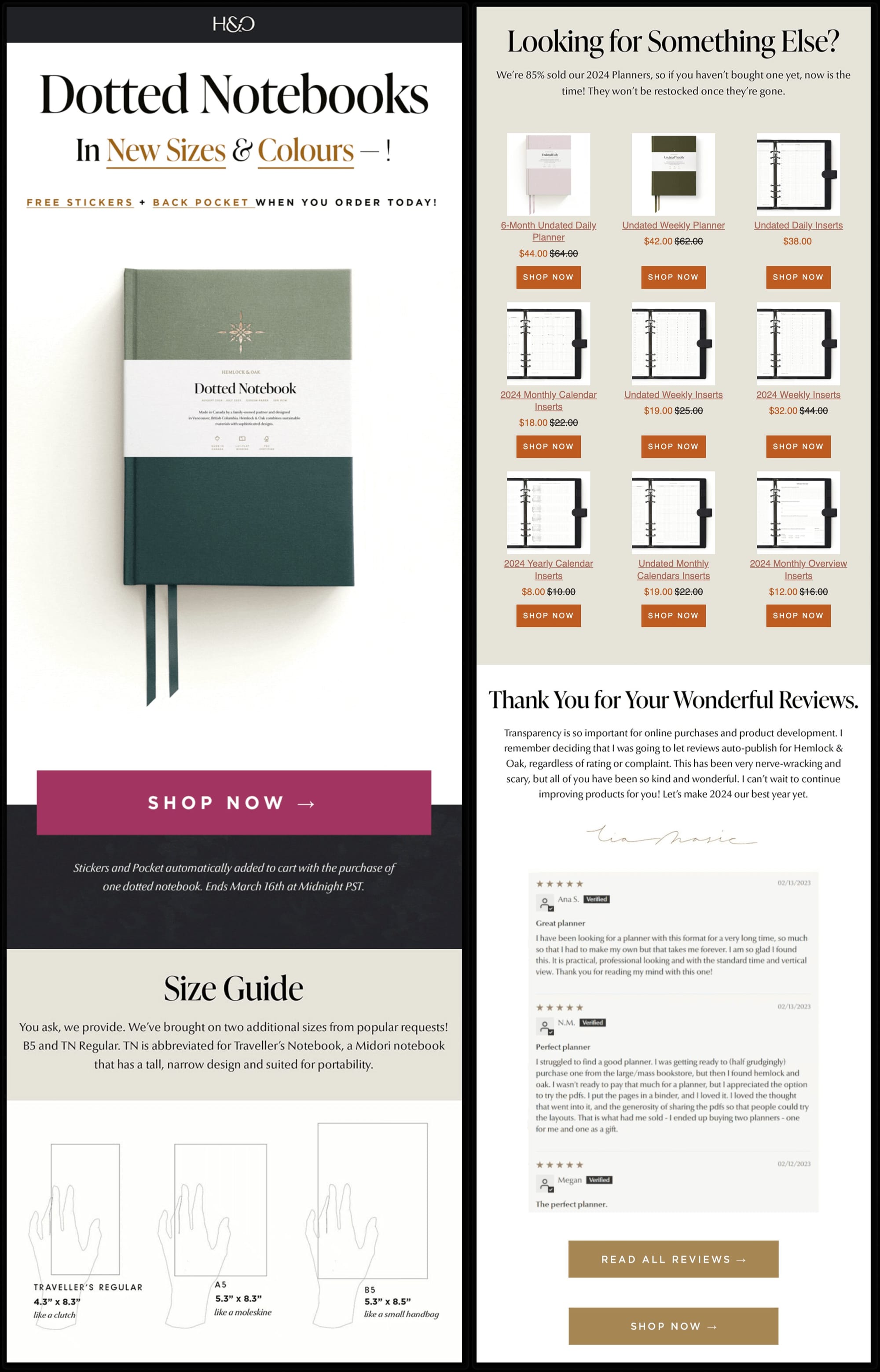
Hemlock and Oak is a stationary brand that provides valuable information in its post-purchase email flows. Customers who have made a purchase receive early access to new product releases. They also include customer reviews as additional social proof to encourage a repeat purchase.
Other examples of valuable post-purchase communications are:
- Product tutorials or demonstrations.
- Styling tips.
- Free resources, templates, or guides.
- Customer surveys or feedback forms.
- New product announcements.
- And anything else that suits your customer needs.

Getting started with Smile.io to increase repeat sales in Shopify
Using Smile.io to launch a points, VIP, and referral program is a great way to increase your customer repeat purchase rate in Shopify.
Smile Plus is the perfect plan for Shopify Plus merchants looking for a loyalty program that will scale with their brand and drive repeat sales. When you launch with Smile Plus, you unlock the best Smile.io has to offer:
- Quick and easy implementation.
- No coding needed for maximum control.
- Insightful reports at your fingertips.
- Everything else Shopify merchants need to increase and track their repeat sales through loyalty.

Other frequently asked questions (FAQ) about repeat sales strategies
How can I use social proof to increase repeat sales?
Integrate Smile.io with one of our partner Shopify apps to reward customers for leaving product reviews, with additional points for photo or video reviews. You can then embed these testimonials into your email communications to drive conversions.
What are some strategies to re-engage inactive customers?
Use various reactivation workflows to re-engage dormant customers. For example, announce new product releases, remind customers if their reward points are about to expire, use replenishment automation, and more.
How do abandoned cart recovery strategies impact repeat sales?
Abandoned cart recovery strategies are a great way to increase conversion rates with customers who are in the consideration stage of the buying process. You can send personalized emails with direct purchase links to the items in their cart and embed information about your loyalty program to let them know what additional value is on the table.










